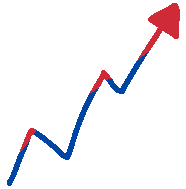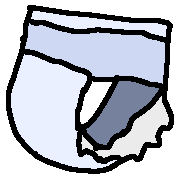updates
13/7/25 - created the south korea page
환영!
South Korea is a small Eastern Asian country located on the Korean peninsula with a large economy ($1.79 trillion, 4th largest in all of Asia), owing most of it to its aggresive pushed growth during the 1960s-70s.
The slight majority of the people living in the country live near the capital, Seoul which a metropolitan population of 26 million and makes up for around 50% of the total population (51.71 million)
 Economic miracle
Economic miracle
In the 1960s under leadership of president Park Chung-hee South Korea, in an effort to rebuild the economy after the Korean War, chose various heavy industries which produced large and heavy products in bulk (and later tech industries) to target. South Korea employed various Chaebols (family-owned companies which hold stakes in various smaller businesses in various industries) which were given special state support through tax breaks and loans. Today South Korea is very dependent on these companies and without them would lose out on around 30% of its total GDP today

 Two Koreas
Two Koreas
After Japan lost World War II in 1945, it was forced to give up Korea which it previously annexed. Korea was then divided between the communist Soviet Union and the capitalist United States. The Soviets occupied the north while the U.S. the south, and what was supposed to be a temporary division turned into the permanent breakup of a state that throughout its modern history has always been culturally homogeneous.
Occupation led to the formation of the governments of South and North Korea with both countries wanting to unite Korea under their own rule. To keep it short, the war led to a stalemate and the Korean Armistice Agreement of 1953, which means that the North and South are technically still at war but not actively attacking eachother anymore.
 Birth decline
Birth decline
Despite the two nations housing people belonging to the same ethnicity, South Korea (as has North Korea) has slowly been drifting away from its counterpart due to political seperation. See, while North Korea stayed relatively rural which meant that maintaing a big family was easier (provided you have the food to support them) along with actively promoting family values, the South Korean governmnet from the 1960s-1990s was aggressively pushing for smaller families and various contraception methods to handle the huge influx of babies after the Korean War.
Because these policies were left unchecked for so long the fertility rate dwindled to 1.56 babies per woman by 1983 (the minimum replacement level to maintain a population is 2.1) and as of 2022 sits at 0.78 which means that South Korea loses around 100,000 people a year due to a growing rift between people who die and the amount of babies born to replace them.
 Consequences
Consequences
As of the 2000s the South Korean government has repealed these policies and recognized how dire the situation actually is, offering cash bonuses, paying for childcare among other things. Though, it's hard to reverse some 30 years of reinforced anti-natalism. Of course, 'pushing for smaller families' isn't the sole reason the birth rate is so low.
Most people live in the Seoul area and housing prices in Seoul are extremely expensive which forces couples looking to live in Seoul to live loan-to-loan, constantly paying off their previous loans while having to ask for new ones to pay rent.
(also Jeonse which is a common type of deposit in the South Korean real estate market where tenants have to pay anywhere from 50-80% of the home's total value which many can't afford which forces them into a debt cycle)